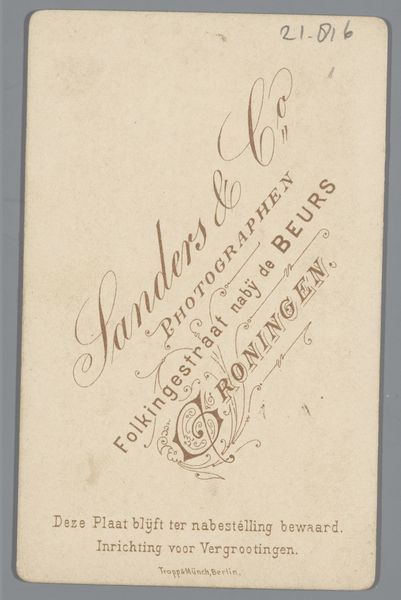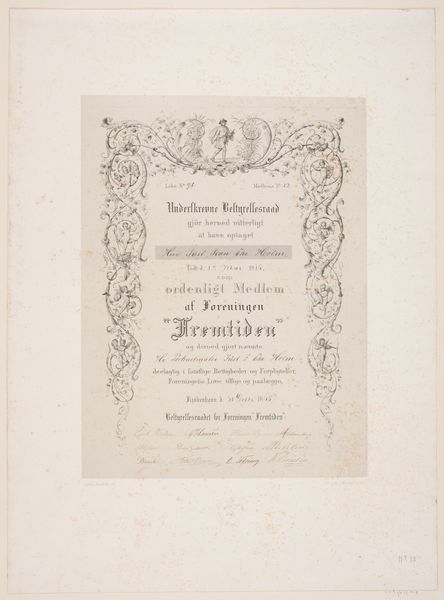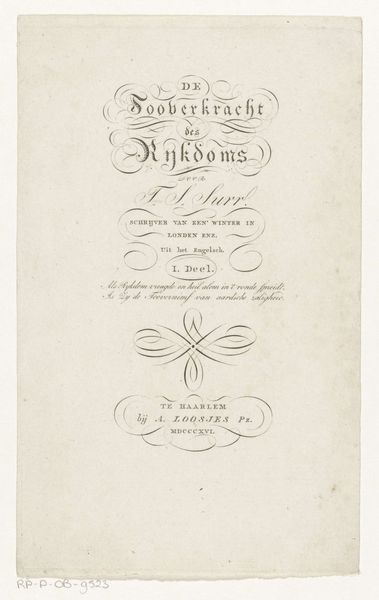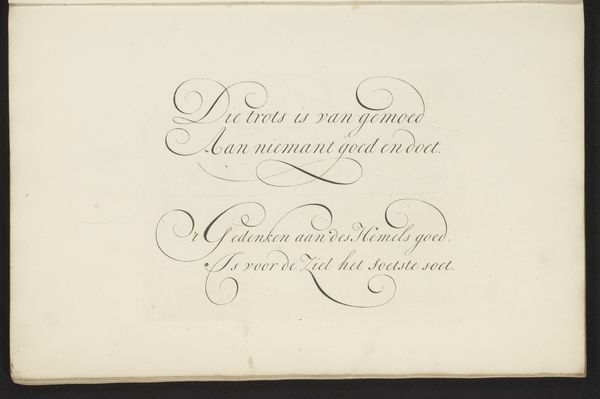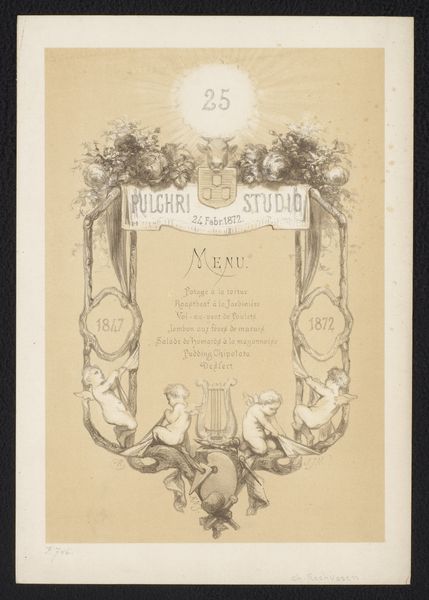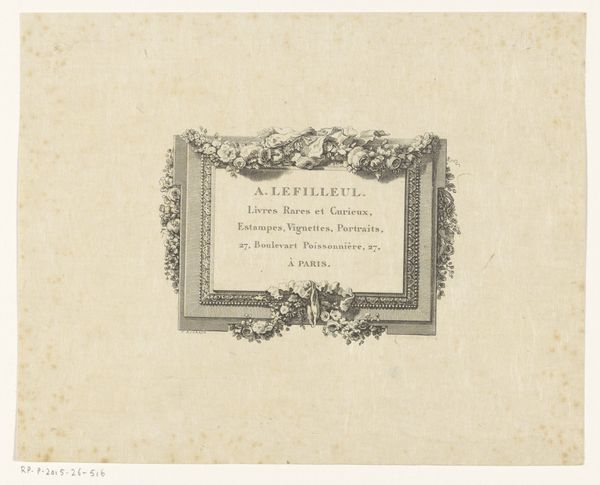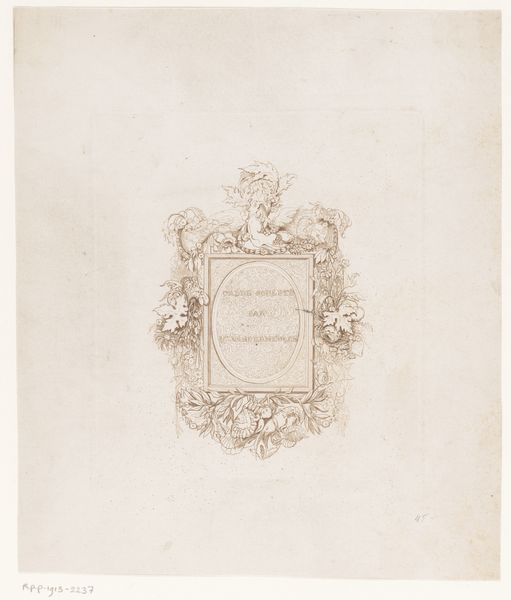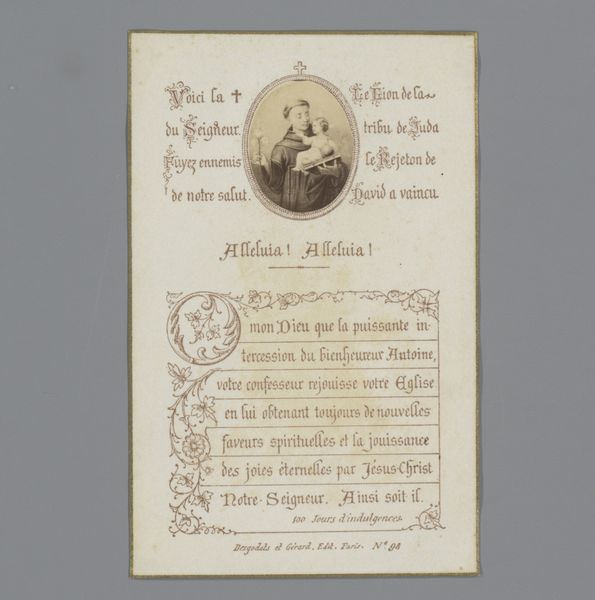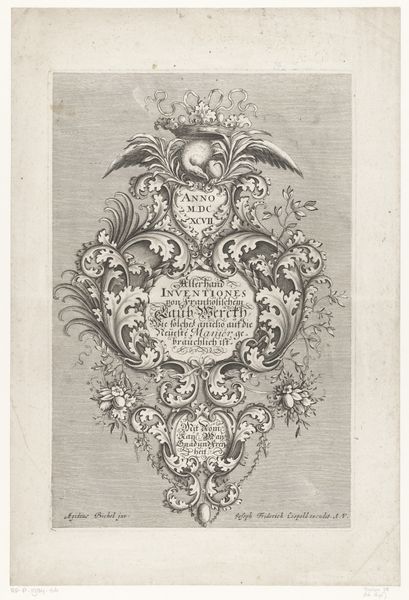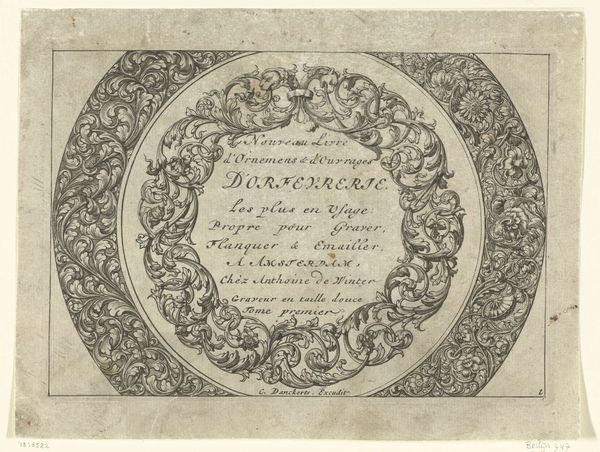
graphic-art, print, engraving
#
graphic-art
#
baroque
# print
#
engraving
#
calligraphy
Dimensions: height 644 mm, width 472 mm
Copyright: Rijks Museum: Open Domain
Curator: Looking at this print, "Titelprent voor een reeks prenten naar schilderijen van Watteau," made around the 1720s by François Baillieul, my first thought is how intricate and decorative it is. The script practically dances off the page! Editor: Absolutely! The ornate calligraphy exemplifies the Baroque era. I see it as a fascinating material document, a product intended for consumption, reflecting the era's fascination with artistic patronage and the luxury market. Curator: Indeed. Note how the work meticulously advertises itself, pointing to Watteau's prestigious position as "Peintre du Roi." And the inclusion of 'tiréz du Cabinet du Roy,' or, 'taken from the Cabinet of the King,' speaks to both artistic skill and political ties. Editor: Precisely. It highlights the crucial link between artistic production and political power structures in the 18th century. These prints functioned as both art objects and promotional materials. The fact it claims '100 impressions' points directly to market considerations around exclusivity and value. Curator: I love the flourishes. They almost overwhelm the lettering but contribute to this feeling of grandiosity. It really captures the whimsical yet elegant mood often seen in Watteau’s paintings. The engraver’s craft is undeniable, translating the visual complexity from Watteau to the etched line with real dexterity. Editor: Exactly, it's not just a straightforward reproduction. It showcases labor – the labour involved in its production, the skilled artisanry of Baillieul translating Watteau’s visions. Thinking about distribution is critical; such prints fostered appreciation, even demand, across broad networks among collectors and patrons. Curator: I find that amazing – to see artistry mediating artistry like that. I hadn't considered the market implication, that's interesting... It's really about visibility then, isn't it? Editor: It is about constructing visibility and also ensuring economic and social standing in Parisian society. It encapsulates a micro-economy! Curator: Well, examining it this way really opens it up... Editor: Yes, the piece shows us an important lens for comprehending artistic value back then!
Comments
No comments
Be the first to comment and join the conversation on the ultimate creative platform.
